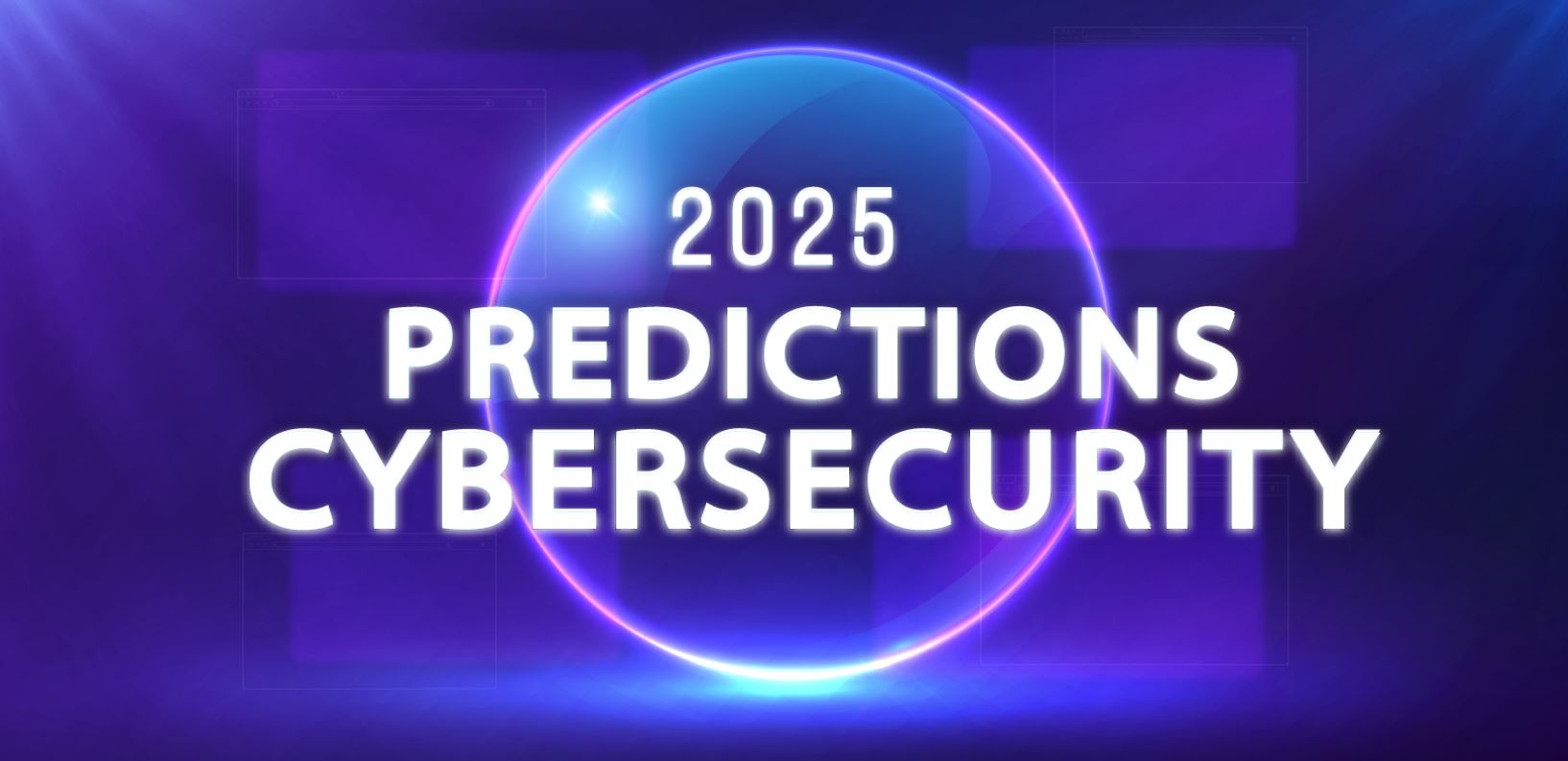Cybersecurity Predictions for 2025: New Challenges Ahead! – Cyber threats continue to evolve, bringing new challenges for individuals and organizations worldwide. In 2025, we can expect new, more complex attack patterns leveraging advanced technologies such as Artificial Intelligence (AI) and the Internet of Things (IoT). What should we do and prepare to face these threats? This article will explore cybersecurity predictions for 2025 and provide insights into steps you can take to protect your data and systems from increasingly unpredictable cyberattacks.
Read Also: Why is Ransomware the Biggest Threat in the Digital World?
Cybersecurity Predictions for 2025
1) The Rise of AI-Based Attacks
AI-driven cyberattacks are predicted to increase as smart technologies become more widespread in 2025. Some potential attack scenarios include:
- More sophisticated phishing: Attackers will use AI to craft highly personalized phishing messages that are almost indistinguishable from legitimate ones.
- Evasion of detection: AI-powered malware will likely adapt its attack patterns to bypass detection systems.
- Exploited IoT infrastructure: Attackers will leverage AI to exploit vulnerable IoT devices.
- Large-scale automated attacks: AI will enable cybercriminals to launch attacks on a massive scale, targeting different victims simultaneously.
2) The Growth of Ransomware
Ransomware is expected to remain one of the most dominant threats in 2025, with evolving tactics such as:
- Tailored attacks: Ransomware designed to target large enterprises with more specific methods.
- IoT as a new target: As IoT adoption grows, devices will become increasingly targeted by ransomware.
- Ransomware-as-a-Service (RaaS): This model makes it easy for anyone, even without technical skills, to buy and deploy ransomware, fueling its widespread growth.
- Layered extortion: Attackers will not only encrypt data but also steal sensitive information and threaten to leak it. In triple extortion schemes, they may also pressure business partners or clients of the victim to maximize impact and profit.
3) Cloud-Based Attacks on the Rise
As more companies migrate to multi-cloud environments, integrated cloud security platforms such as Cloud-Native Application Protection Platforms (CNAPP) are predicted to become standard for data protection. AI will play a major role in automating threat prevention. Potential cloud attack trends include:
- Credential theft: Attackers are expected to increasingly target user credentials to hijack cloud accounts.
- Ransomcloud: A cloud-based version of ransomware designed to encrypt data stored in cloud environments.
- Multi-cloud infrastructure as a target: The growing use of multi-cloud increases security complexity, providing attackers with more opportunities to exploit vulnerabilities.
4) The Emergence of Supply Chain Attacks
Supply chain attacks are projected to become one of the biggest cybersecurity challenges in 2025. Attackers will target third-party vendors, such as service or software providers, as entry points into larger organizations. This strategy exploits the trust between businesses and their vendors. As a result, a security weakness in one company can impact its vendors or partners, creating widespread risk across the entire supply chain network.
5) Growing IoT Threats
By 2025, the number of connected IoT devices is projected to reach 32 billion. This massive growth increases the potential attack surface for cybercriminals. To secure cloud-connected networks, organizations are advised to implement Zero Trust security models and leverage AI-powered threat detection tools designed to protect vulnerable IoT devices.
Read Also: Must-Know Tips for Detecting Phishing Emails!
What Should Companies Do?
To prepare for the 2025 cybersecurity landscape, organizations should:
1. Implement Zero Trust Architecture
One of the most popular approaches today is Zero Trust Architecture, which assumes no trust for anyone—whether internal or external to the network. By 2025, more organizations are expected to adopt this strategy to safeguard system integrity and resilience against cyber threats.
2. Increase Cybersecurity Awareness Across Staff
Regular cybersecurity training for all employees is critical to strengthening organizational defenses. Training helps staff recognize risks such as phishing, malware, and social engineering, while also equipping them with practical prevention skills. Ongoing education ensures employees stay updated with technological changes, reducing the risk of human error, a common weak point in security systems.
3. Partner with Cybersecurity Service Providers
With the rise of complex threats, working with professional cybersecurity providers such as iLogo Indonesia is becoming essential. iLogo Indonesia offers advanced security infrastructure to protect your business from cyber risks. Backed by certified experts and reliable services, iLogo Indonesia can help your organization secure its data while supporting business productivity.
This concludes our discussion on cybersecurity predictions for 2025 and the steps companies should take to address them. Hopefully, this article provides useful insights and practical solutions to help you stay resilient against emerging cyber threats in 2025.
Visit our website to learn more and contact us at ilogomalaysia.com for further information.
